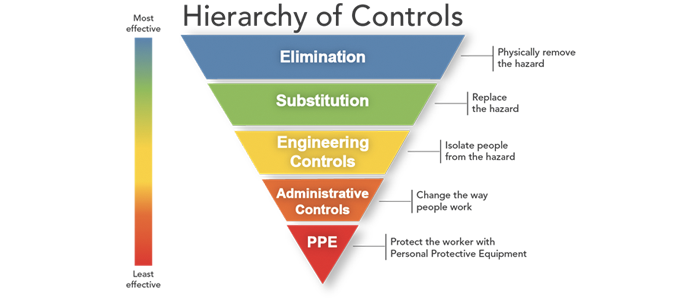- +61 7 3374 2877
- Email Us
When it comes to electricity and earthing, risk management has been a maligned subject. Quantitative Risk Analysis (QRA) can provide insight into the consequence and likelihood of project or asset risk and assist in decisions about what constitutes responsible management.
QRA is a systematic risk assessment approach used to quantify the risks associated with the operation of an engineering process. It is a valuable tool to support the understanding of exposure of risk to employees, the public, the environment, and company assets.
Hierarchy of Controls
Risk management should usually begin with the hierarchy of controls. Under common and statute law we are required to eliminate exposure to hazards, so far as is reasonably practicable. And where elimination is not possible, to reduce the associated risk so far as is reasonably practicable. Electricity is fundamentally hazardous and due to its incredible utility, is unlikely to be eliminated.

As electrical engineers it is our job to offer adequate safety, protect plant and equipment, and keep everything operational. Thankfully, electrical safety in Australia has improved over recent decades and the industry has progressed with the introduction of “working live” restrictions, test before you touch and LV rescue training and kits. There have also been developments in earthing and that is what this article will focus on.
In the late 1940s and early 1950s, American Charles Dalziel did much of the early research on the effects of current on the human body. He used volunteers in his experiments but for safety reasons, only used low levels of current and predicted fatality based on animal and historical data. Dalziel determined a level of electrical current that was unlikely to be fatal.